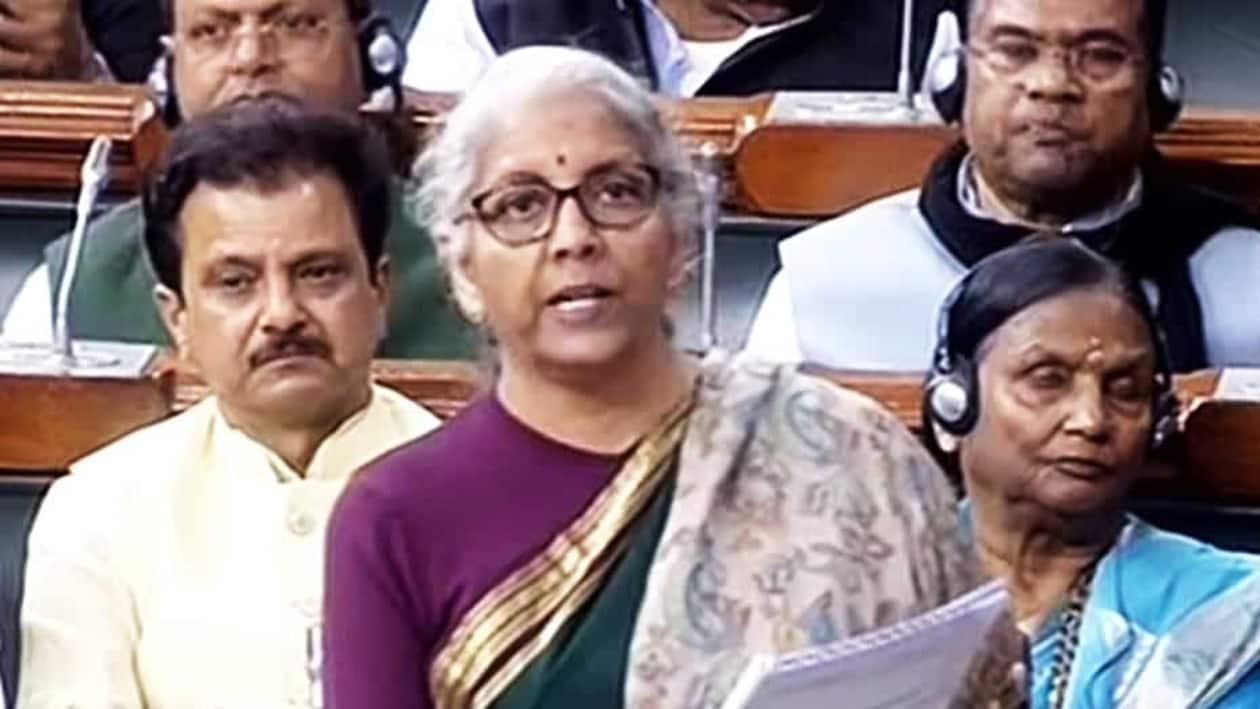The Union Budget 2023 is little over a week away. Finance Minister Nirmala Sitharaman will present the Union Budget for the financial year 2023-2024 (FY24) on February 1, 2023.
This year's Budget is expected to focus on infrastructure, manufacturing, agriculture and allied activities. Besides, there are expectations that there may also be a stronger focus on production-linked incentive schemes and more sectors may be brought under its ambit.
A cut in direct taxes and a strong focus on infra projects and manufacturing projects are among the factors that could cheer up investors.
MintGenie talked to experts to understand what they expect from the Budget 2023. Here's what they said:
Over the years, the Budget has been used by the government to change the tax structure and lay out the fiscal policies of the government.
Though we have seen that major reforms and/or policies have been announced outside of the Budget in the recent past, from a bond market perspective, the fiscal deficit or the borrowings of the central government are important variables to track in the Budget and as such, we think that the fiscal deficit can be in the vicinity of 6 percent for FY24 as compared to 6.40 percent in FY23.
The FY24 Union Budget should remain focused on pro-growth initiatives such as continued investment in infrastructure and capacity development.
Also, since it will be an election year, the government may announce some benefits and policies aimed at the rural sector to boost languishing demand.
Although we cannot expect significant fiscal consolidation in this Budget, we hope that the government provides a clear glide path to achieve the fiscal deficit target of 5-4.5 percent by FY25 or FY26.
Here are the themes we expect to see in this year's Budget announcements:
1. Rationalization of personal income tax to encourage consumption.
2. Focus on rural infrastructure projects to generate employment.
3. A continued push for manufacturing through PLI.
4. Increased capital expenditure towards infrastructure projects.
5. A clear roadmap to reduce the fiscal deficit to 6 percent of GDP by FY24 and 4.5 percent by FY26.
During the forthcoming Union Budget, we expect the major focus to be on agriculture and allied activities, infrastructure and manufacturing activities under the PLI scheme. The renewable energy-related segments may get considerable attention.
Apart from further simplification and procedural changes, we do not expect significant changes in the Budget regarding direct taxation. Some readjustment in the capital gains tax across asset classes is possible.
In any case, most indirect taxes apart from customs are outside the direct purview of the Union Budget.
While the intention of the government would be to effect significant fiscal consolidation, the process might remain slow this year resulting in a fiscal deficit for the next financial year being pegged around 5.8-5.9 percent of GDP.
The discontinuation of free additional food grain distribution outside the PDS would substantially reduce effective food subsidies while making the food grain under PDS free would marginally increase outgo on this account.
In order to boost rural income and employment, funds freed-up from food subsidies may get deployed in other rural-oriented schemes.
With rural demand being behind urban demand in the recent past, we expect the Budget to take measures to alleviate this situation.
Improving productivity in agriculture and allied activities coupled with rural employment generation is also likely to be the focus of the Budget.
We also expect a greater focus on production-linked incentive schemes with more sectors coming under the ambit of this project and additional budgetary allocation under the scheme.
The existing social welfare measures targeted at the rural sector and the economically less endowed segment may get extended and new schemes may get added as that will add balance to the rural economy and aid rural demand to pick up.
We believe that the capex cycle which has picked momentum of late will continue in the future for the following reasons:
(a) Ebullience in capital-intensive sectors such as energy, power, mining, infrastructure, construction materials, real estate, digital infrastructure, PLI-incentivised sectors, etc.
(b) Sufficient availability of financial resources (internal cash accruals, tax buoyancy and bank credit) and relatively affordable interest rates.
(c) Rising capacity utilisation (72.4 percent in Q1FY23) and credit growth (18.4 percent in Oct’22).
Disclaimer: The views and recommendations given in this article are those of individual analysts and broking firms. These do not represent the views of MintGenie.
